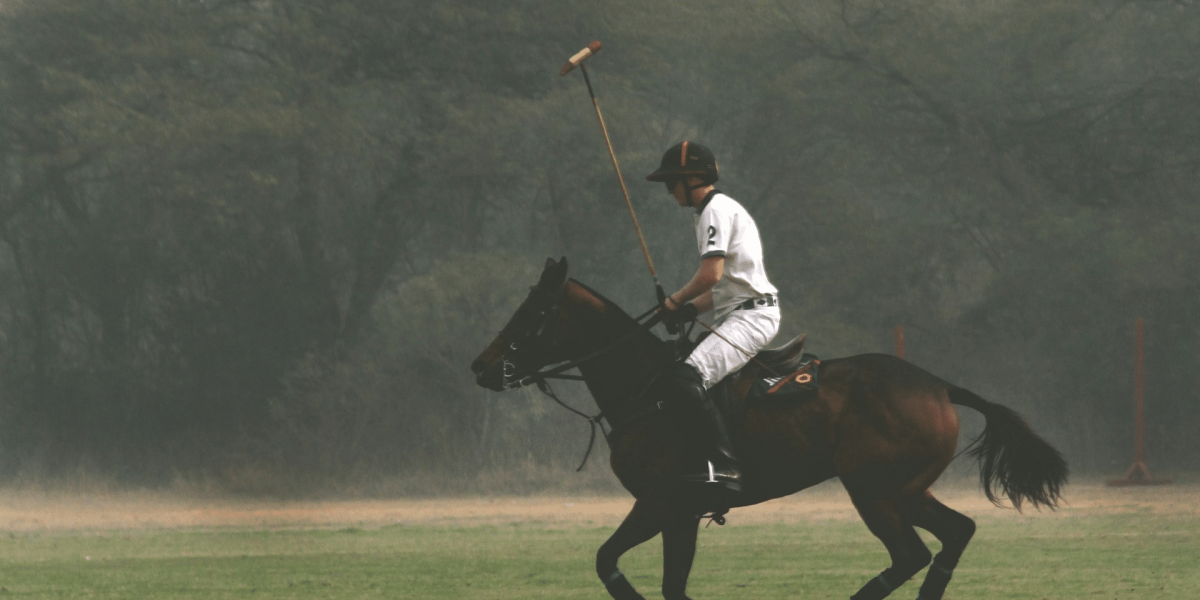Polo is a sport rich in history and tradition, often associated with royalty and high society. Despite its glamorous image, polo remains an overlooked sport in many parts of the world. This article explores the reasons why polo is not as popular as other sports, highlighting the unique challenges and misconceptions that contribute to its underappreciation.
Read also: https://networth.us/illuminating-the-grid-decoding-the-impact-of-power-companies/
The History of Polo
Polo originated in Persia over 2,000 years ago and quickly spread to other parts of Asia. It was initially a training game for cavalry units, symbolizing war and strategy. Over time, it evolved into a popular sport among nobility and royalty, particularly in India and Britain.
The British colonialists brought polo to the Western world in the 19th century. The sport gained popularity among the British elite and spread to other countries, including the United States. However, its association with the upper class has contributed to its perception as an exclusive sport.
The Perception of Exclusivity
One of the main reasons polo is overlooked is the high cost associated with participating in the sport. Owning and maintaining horses, purchasing specialized equipment, and hiring trainers can be prohibitively expensive. This financial barrier limits access to the sport, making it less accessible to the general public.
Polo is often perceived as a sport for the wealthy and privileged. This association with high society can deter people from taking an interest in the sport, believing it to be beyond their reach. The exclusivity of polo clubs and events further reinforces this perception.
Lack of Media Coverage
Unlike mainstream sports such as football, basketball, and soccer, polo receives limited media coverage. Major polo tournaments are rarely broadcasted on television, and there is minimal coverage in newspapers and sports magazines. This lack of exposure contributes to the sport’s obscurity.
While the internet has democratized access to sports content, polo still has a minimal online presence. There are few dedicated websites or social media accounts promoting the sport, and it is not heavily featured on popular sports platforms. This digital invisibility prevents polo from reaching a wider audience.
Complexity and Rules of the Game
Polo is a complex sport with intricate rules and strategies that can be difficult for newcomers to understand. The game’s pace, the coordination between horse and rider, and the specific regulations regarding gameplay can be overwhelming. This complexity can deter potential fans and players.
Mastering polo requires a significant investment of time and effort. Players need to develop riding skills, learn to handle a mallet, and understand the game’s rules. The steep learning curve can discourage people from pursuing the sport, especially when other sports offer more immediate gratification.
Geographic and Cultural Factors
Polo is not widely played or promoted in many parts of the world. Its presence is stronger in countries with a history of colonial influence, such as Argentina, India, and the UK. In regions where polo is less known, there are fewer clubs, tournaments, and opportunities to learn about and engage with the sport.
In many cultures, polo is not seen as a mainstream sport. The cultural disconnect between polo and the everyday experiences of most people means that it is not part of the common sports narrative. This lack of cultural relevance contributes to its overlooked status.
Efforts to Promote Polo
Several initiatives aim to make polo more accessible and popular. Grassroots programs are being developed to introduce young people to the sport, particularly in countries with little polo history. These programs often provide subsidized equipment and training to lower the financial barriers to entry.
Efforts are being made to increase the media exposure of polo. Organizations and enthusiasts are using social media and online platforms to share highlights, live streams, and educational content about the sport. These efforts help raise awareness and attract new fans.
Celebrity endorsements and high-profile events can also help bring attention to polo. When well-known figures participate in or support polo events, it generates media interest and public curiosity. High-profile tournaments can showcase the sport’s excitement and skill, drawing in new audiences.
Polo is an overlooked sport due to its perceived exclusivity, high costs, lack of media coverage, and complexity. However, efforts to promote the sport through grassroots initiatives, increased media exposure, and high-profile events are gradually changing this perception. By making polo more accessible and visible, these efforts can help the sport gain the recognition and appreciation it deserves. Understanding the unique challenges and opportunities of polo can foster greater interest and participation, ensuring its rich tradition continues to thrive.
Read also: https://networth.us/understanding-how-musicians-attain-royalties/








